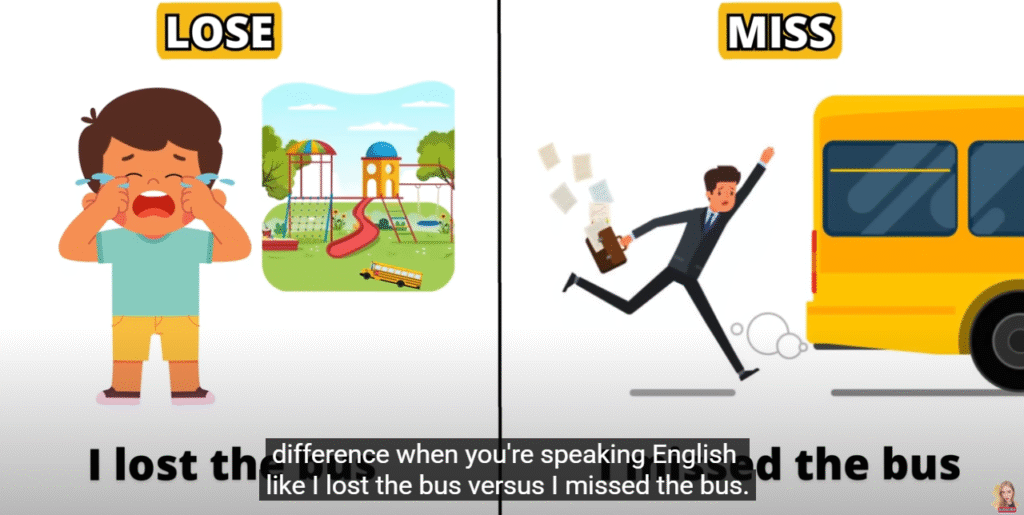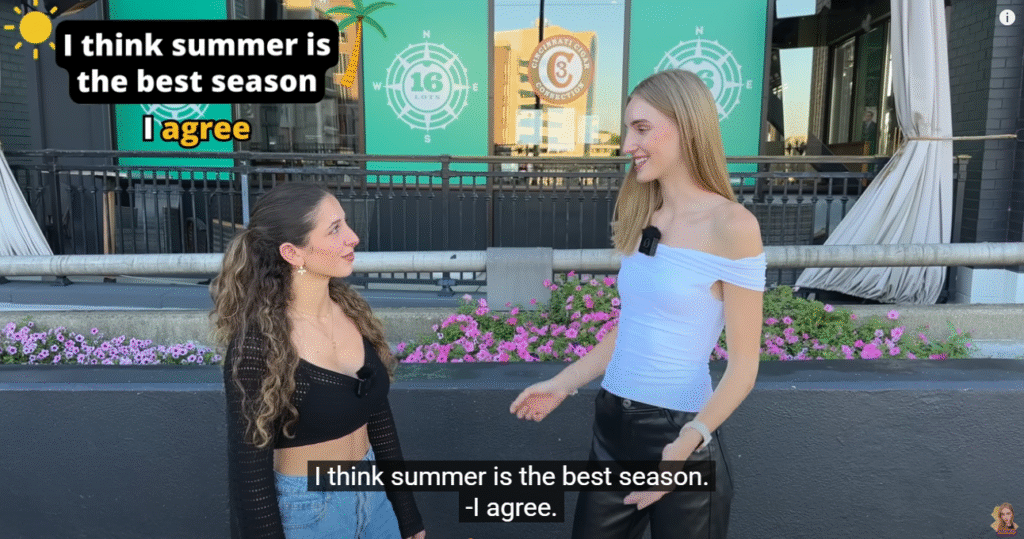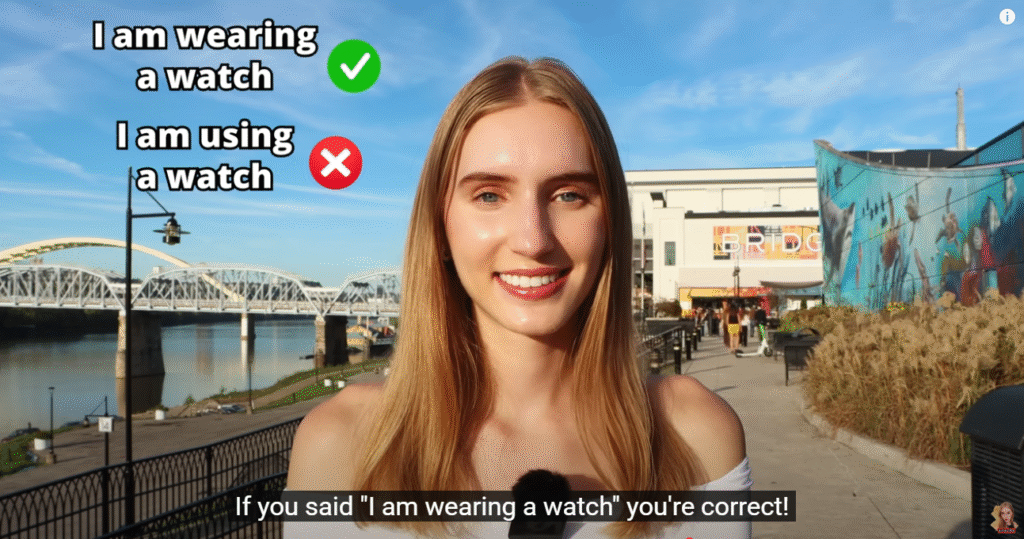English, being one of the most widely spoken languages in the world, is also one of the most commonly misused. Whether you’re a native speaker or a learner, chances are you’ve made a few mistakes here and there. Many of these errors are so common that they often go unnoticed in daily conversations. However, understanding and correcting them can greatly improve clarity, professionalism, and confidence in communication. Below are ten of the most common mistakes in English, with explanations and tips on how to avoid them.

1. Your vs. You’re
This is perhaps the most frequent error people make in writing.
- Your is a possessive adjective, used to indicate that something belongs to someone:
“Your phone is ringing.” - You’re is a contraction of “you are”:
“You’re going to love this movie.”
Tip: If you can replace the word with “you are,” then “you’re” is correct.
2. Their vs. There vs. They’re
These three words are homophones — they sound the same but have different meanings and spellings.
- Their is possessive: “Their house is beautiful.”
- There refers to a place: “The book is over there.”
- They’re is a contraction of “they are”: “They’re not coming to the party.”
Tip: When in doubt, break down the sentence and double-check which meaning you intend to convey.

3. Its vs. It’s
This one is particularly tricky because the possessive form of “it” does not take an apostrophe, which is unlike most possessive nouns.
- Its (without apostrophe) is possessive: “The dog wagged its tail.”
- It’s is a contraction of “it is” or “it has”: “It’s been a long day.”
Tip: Try replacing “it’s” with “it is” or “it has” and see if the sentence still makes sense.
4. Affect vs. Effect
These words are often used interchangeably, but they have distinct roles.
- Affect is usually a verb: “The cold weather affected my mood.”
- Effect is usually a noun: “The new policy had a positive effect.”
Tip: Remember the phrase “Affect is an Action” to help distinguish the verb.
5. Me vs. I
Choosing between “me” and “I” can be confusing, especially in compound subjects or objects.
Incorrect: “She gave the book to John and I.”
Correct: “She gave the book to John and me.”
To test, remove the other person from the sentence:
- “She gave the book to I” (wrong)
- “She gave the book to me” (correct)
Tip: Use “I” as a subject and “me” as an object.

6. Then vs. Than
Although they sound similar, these words have completely different meanings.
- Then refers to time or a consequence: “We went to dinner, then saw a movie.”
- Than is used for comparisons: “She is taller than her brother.”
Tip: If you’re comparing, use “than.” If you’re referring to time or a sequence, use “then.”
7. Loose vs. Lose
This is a spelling mistake that often pops up in informal writing.
- Loose means not tight or not fixed: “The screw is loose.”
- Lose means to misplace something or not win: “I don’t want to lose my keys.”
Tip: “Lose” has only one “o”, like “gone.” “Loose” has two “o”s, like “too loose.”

8. Who vs. Whom
This is a classic grammar puzzle even for native speakers.
- Who is used as the subject of a sentence: “Who called you?”
- Whom is used as the object: “To whom should I address the letter?”
Tip: If you can replace it with “he” or “she,” use “who.” If “him” or “her” fits better, use “whom.”
9. Could of vs. Could have
“Could of” is a mistaken interpretation of the contraction “could’ve” (could have).
Incorrect: “I could of gone to the party.”
Correct: “I could have gone to the party.”
Tip: Always use “have” after could, would, or should. “Of” is never grammatically correct in these contexts.

10. Double Negatives
Using two negatives in the same sentence creates confusion and often results in the opposite of the intended meaning.
Incorrect: “I don’t need no help.”
Correct: “I don’t need any help.”
Double negatives are generally frowned upon in standard English, although they may appear in some dialects and informal speech.



